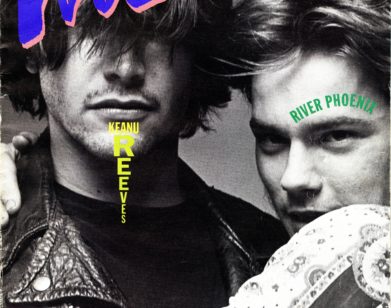The five underground zines you should check out
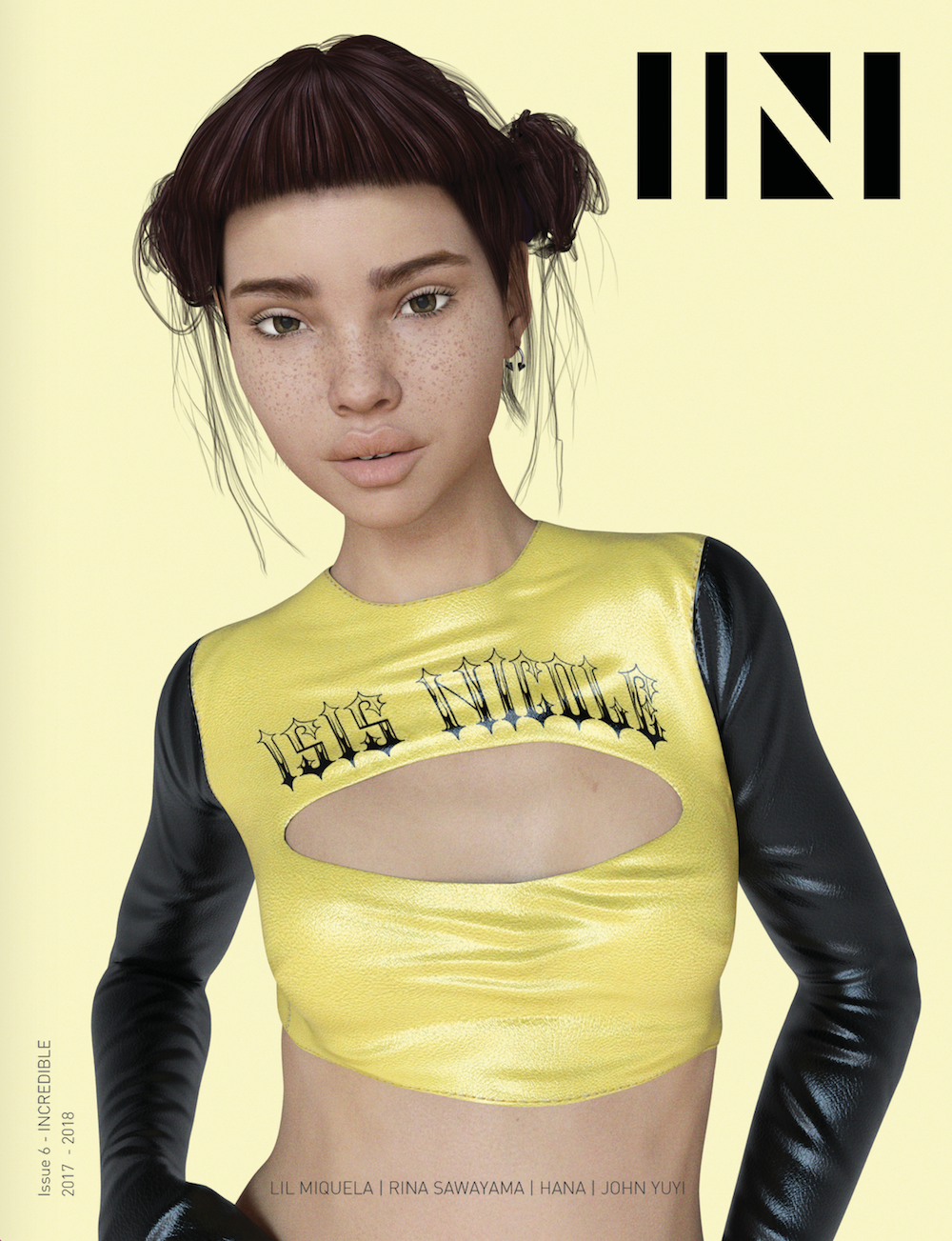
IMAGE COURTESY OF THE ISIS AND NICOLE MAGAZINE
With a color palette evoking classic teen comedies from Clueless [1995] to 13 Going on 30 [2004], The Isis Nicole Mag channels a technicolor ’90s girl aesthetic to highlight up-and-coming creatives working in fashion, film, photography, and more. “Ultimately our vision is to transcend what an entertainment magazine can be. And to hopefully inspire people to be sincere and excellent in whatever career they pursue,” explains founder Isis Nicole. “As a team, we’re shooting for the stars.”
Not only is it impeccably curated, this Tumblr-inspired, glitter-doused mag is committed to providing a platform for young women and people of color, getting up close and personal with trailblazing artists from across the country. “It’s like an in-the-know big sister cheering for our audience to dream big,” creative director Hannah Black told us. “Our vision is to create without limits, to celebrate the new while striving for timelessness, and to inspire. I hope that the magazine immerses readers in beauty and vibrance and contains stories they can dive into for years to come. I hope that by being our genuine selves guided by intuition and instinct, we allow others to feel comfortable and confident enough to realize their passions.” — Annie Murnighan
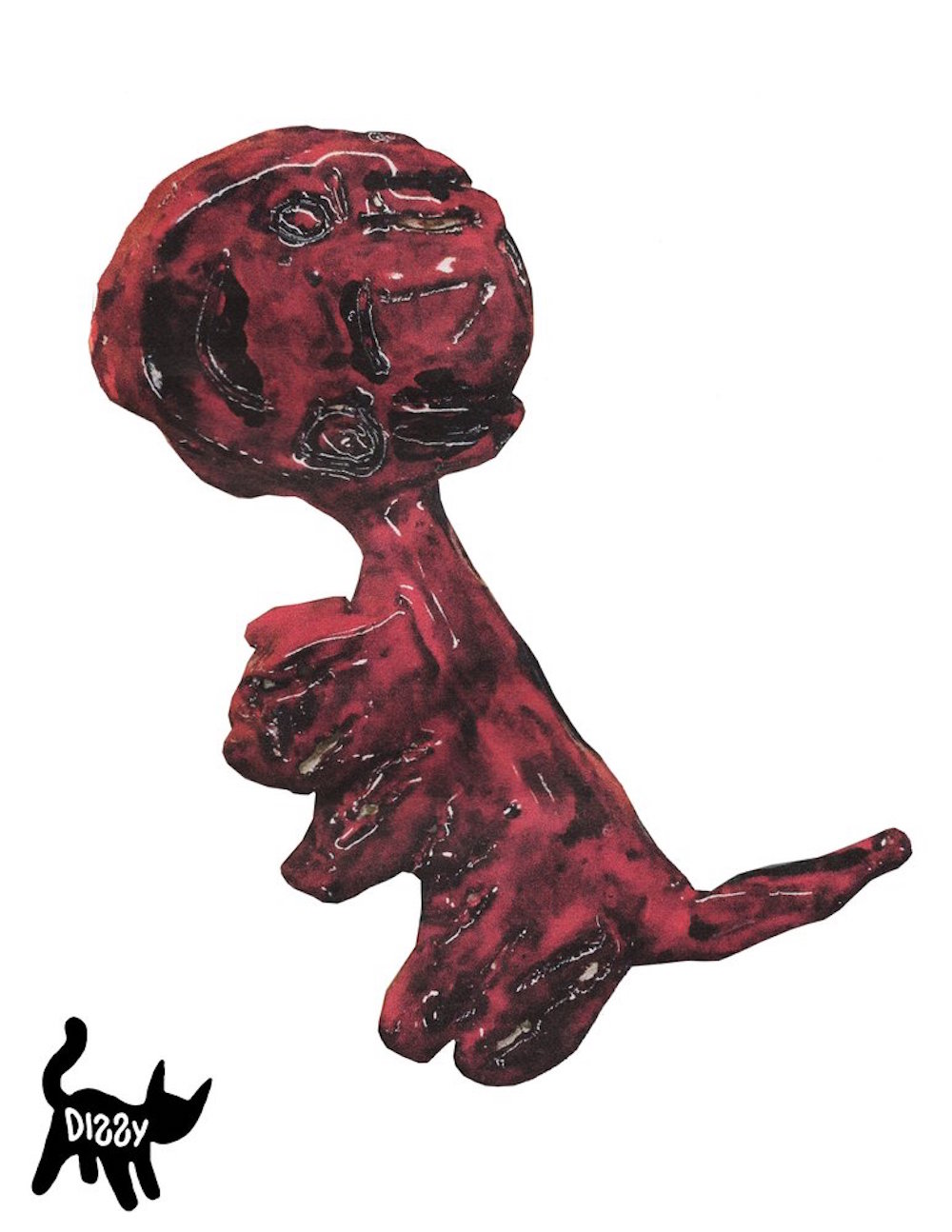
IMAGE COURTESY OF DIZZY MAGAZINE
“Dizzy is for everyone,” explains Milah Libin, 25, co-founder of this exciting new print publication alongside visual artist Arvid Logan. The two of them grew up in New York, and Dizzy captures the tapestry of visual artists, musicians, and other idiosyncratic characters that make the city unique. Its recently-released third issue includes columns from Patrick “Wiki” Morales and Princess Nokia (music and advice columns, respectively) as well as features on emerging talents like the indie band Pretty Sick and graffiti writer HOOPS. The previous issue featured legendary performance artist Kembra Pfahler on the cover.
“To ensure that our readership is diverse, we work very hard to make the content diverse,” Libin says, describing “fun, colorful sections such as ‘Pet Page,’ featuring an artist’s pet.” She makes the case that “by featuring artists of all ages, we hope to engage people from many different backgrounds to have conversations about art and culture. Specifically, we hope that people of all ages can read and enjoy Dizzy. In issue three, the youngest artist is age 4, and the oldest is 64.” People often describe New York as a sterilized playground of the rich with its cultural heyday in the past. Logan and Libin offer a powerful counter-narrative—the city is cooler than ever, if you know where to look. — Ezra Marcus

IMAGE COURTESY OF HOTDOG MAGAZINE
If the word “poetry” feels stodgy and unapproachable, Hotdog might be the magazine for you. Despite its phallic name, this U.K.-based poetry magazine—which also features fiction and interviews—is actually dedicated to women and individuals identifying as non-binary. The art direction is a hodgepodgey collage of graphics and experimental type treatments. “Poetry is such a sensitive form of artistic expression, so you don’t want your format to be too strict. It’s all about responding to the content and giving it the platform it deserves,” Megan Conery, co-founder of Hotdog along with Molly Taylor, told Stack around the time the first issue launched, during the winter of 2016. Just two years later, the ladies are on their third issue and garnering plenty of attention. It’s a win for all the underrepresented women proliferating the pages of Hotdog. — Jane Gayduk
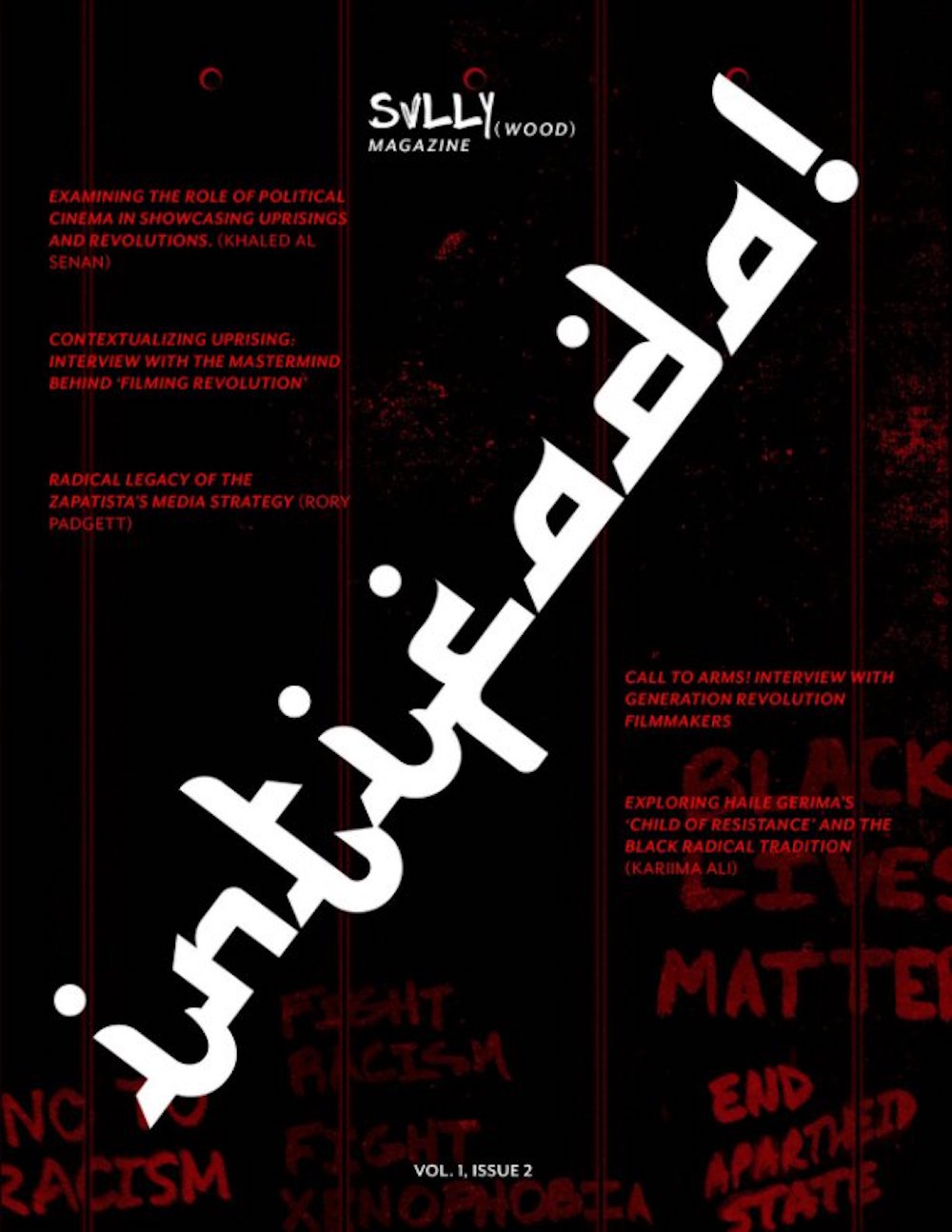
IMAGE COURTESY OF SVLLY(wood)
Like many wonderful things, SVLLY(wood) was born from dissatisfaction with the status quo. Founder Rooney Elmi was feeling especially stifled in the summer of 2016, while working in an office with few freelance writing opportunities—tired of waiting, she decided to create her own. Though she calls SVLLY(wood)’s formation “urgent,” the publication was many years in the making. Her late teens, in particular, were an essential part of the process. A slew of “leftist political gazettes” inspired her with their “agenda and aesthetics,” helping to radicalize her and ultimately planting the seed for SVLLY(wood). The zine’s two published issues, The Feminine Mystique Redux and Intifada!, are a direct reference to the gazettes of her formative years, connecting their politics “with a centralized hub for subversive film criticism.”
SVLLY(wood) is “eager to critique the canon,” and the zine’s by-us-for-us mentality leads it in rebellious directions. Made by often underheard “international young artists from hyper-marginalized backgrounds” for “a underserved demographic of intersectional millenials,” the zine feels fresh and new. Elmi is putting in the work to place SVLLY(wood) at the vanguard of a new age of underground cinephilia. — Ngozi Nwadiogbu
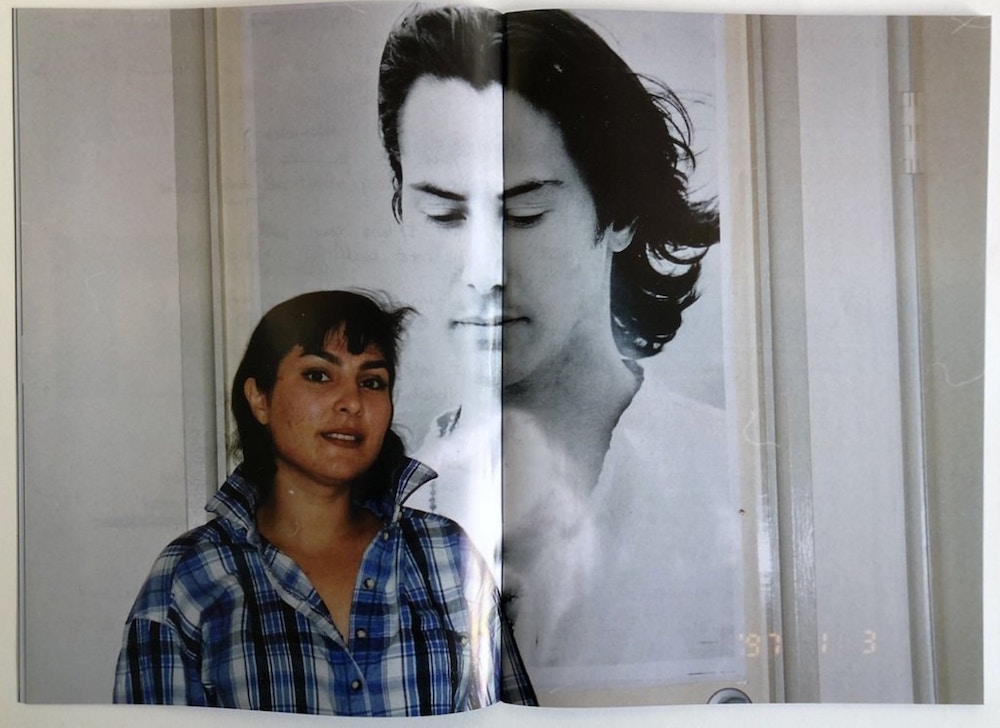
IMAGE COURTESY OF MY KEANU
Ava Nirui’s mom, Meredith, has been a dedicated fan of Keanu Reeves since at least 1994. She likes the Matrix actor’s films, his music—he plays bass and sings backup vocals in the alt-rock band Dogstar—and, of course, his striking looks. She’s a card-carrying member of the Dogstar fan club. Her membership certificate was even signed by Reeves himself. “We had every one of his movies on VHS (Feeling Minnesota, My Own Private Idaho, A Walk in the Clouds) and a linen closet door stapled with cut-outs of him from every Australian tabloid magazine,” Nirui explains about her mother’s longtime obsession. “I think the major realization came after she went to the U.S. to watch him play shows with his band Dogstar. She’s a true superfan!”
Now, art director Pzwerk has assembled all of the personal photos and press clippings of Reeves collected over the years for a limited-run fanzine in collaboration with London’s IDEA Books. “I was speaking with David from IDEA and somehow we got onto the topic of Keanu. I mentioned my mom has a series of amazing photos from his tour and from the set of The Matrix and he suggested we turn them into a fanzine.” — Trey Taylor


